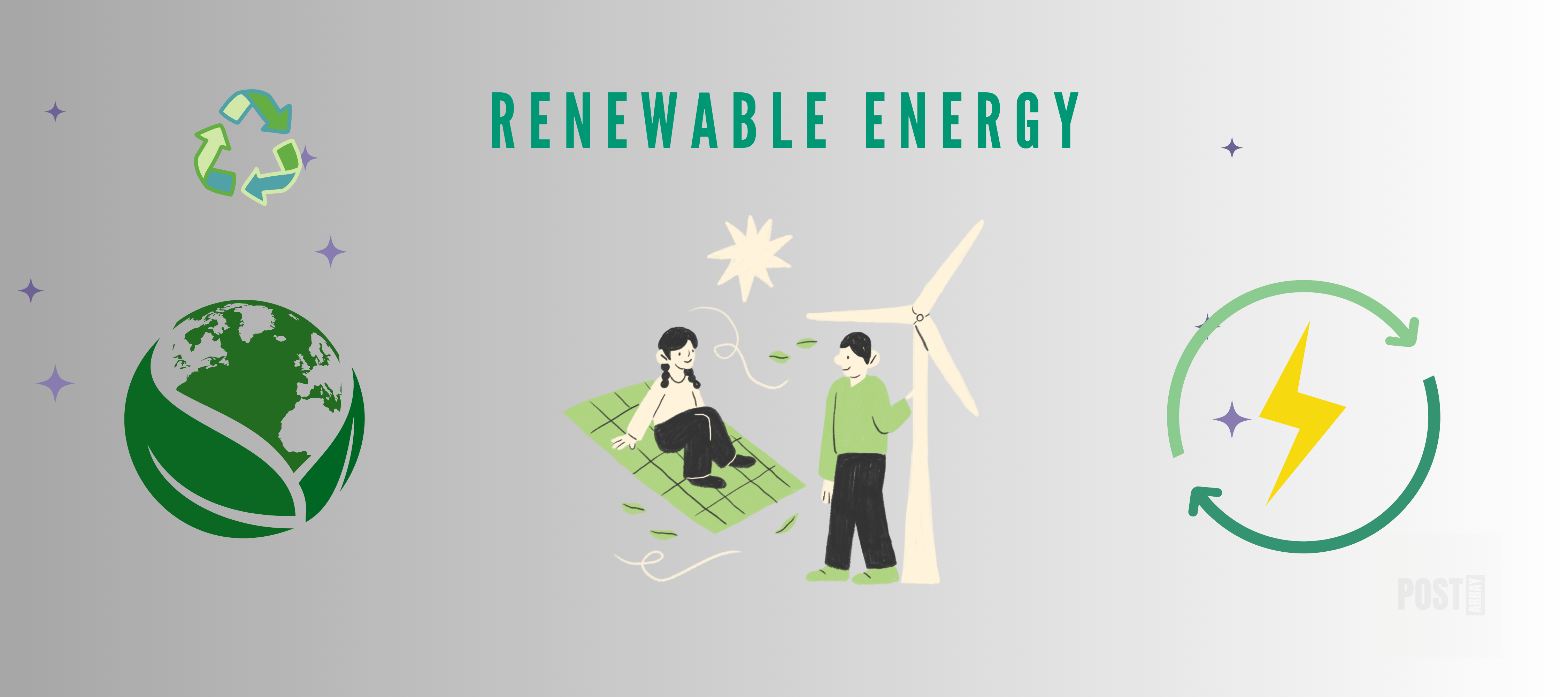The global push towards sustainability has led to groundbreaking innovations in renewable energy. As the world grapples with climate change, renewable energy innovations are at the forefront of this revolution. These advancements are crucial in reducing our reliance on fossil fuels and mitigating environmental impact. In this comprehensive guide, we explore the latest developments in renewable energy technologies, their benefits, and their potential to shape a sustainable future.
1. The Importance of Renewable Energy
1.1 Combatting Climate Change
Renewable energy is essential in the fight against climate change. By harnessing natural resources such as sunlight, wind, and water, we can significantly reduce greenhouse gas emissions. This shift is crucial in limiting global temperature rise and preserving the environment for future generations.
1.2 Reducing Dependency on Fossil Fuels
Fossil fuels have been the primary energy source for decades, but their environmental impact is undeniable. Renewable energy innovations provide a cleaner, more sustainable alternative, reducing our dependency on finite resources like coal, oil, and natural gas.
Internal Link: 10 Easy Ways to Live a More Sustainable Life
2. Solar Energy Advancements
Solar energy remains one of the most promising renewable energy sources. Recent innovations have made solar power more efficient and accessible, further driving its adoption globally.
2.1 Perovskite Solar Cells
Perovskite solar cells are a game-changer in the solar industry. These cells are cheaper to produce and more efficient than traditional silicon-based cells, making solar energy more affordable and accessible.
2.2 Bifacial Solar Panels
Bifacial solar panels capture sunlight from both sides, increasing energy generation. This innovation maximizes the energy output of solar installations, especially in areas with high albedo surfaces like snow or sand.
Popular Website Link: Latest in Solar Technology
3. Wind Energy Innovations
Wind energy has seen remarkable advancements, making it one of the fastest-growing renewable energy sources worldwide.
3.1 Offshore Wind Farms
Offshore wind farms are a significant development in wind energy. These farms harness stronger and more consistent winds at sea, leading to higher energy production. Recent projects in Europe and the United States demonstrate the potential of offshore wind as a key energy source.
3.2 Floating Wind Turbines
Floating wind turbines are a breakthrough innovation, allowing wind farms to be installed in deeper waters where traditional turbines cannot be anchored. This technology expands the potential locations for wind energy generation.
Internal Link: The Role of AI in Enhancing Cybersecurity
4. Energy Storage Solutions
Energy storage is critical for the efficient use of renewable energy. Innovations in battery technology and energy storage systems are essential for balancing supply and demand in renewable energy grids.
4.1 Next-Generation Lithium-Ion Batteries
Lithium-ion batteries have been the standard in energy storage, but next-generation versions offer improved performance, longer life, and greater efficiency. These advancements are crucial for scaling up renewable energy use, especially in solar and wind power systems.
4.2 Solid-State Batteries
Solid-state batteries represent the future of energy storage. They offer higher energy density, faster charging times, and greater safety compared to traditional batteries. These batteries could revolutionize how we store and use renewable energy.
Popular Website Link: Advances in Energy Storage
5. Hydropower and Ocean Energy
Water-based energy solutions like hydropower and ocean energy have also seen significant innovations, contributing to the renewable energy mix.
5.1 Tidal and Wave Energy
Tidal and wave energy technologies harness the power of ocean currents and waves. These innovations offer a consistent and predictable energy source, particularly in coastal regions.
5.2 Pumped-Storage Hydropower
Pumped-storage hydropower is a form of energy storage that uses water reservoirs to generate electricity on demand. This technology is vital for managing the variability of other renewable energy sources like solar and wind.
Internal Link: Mindfulness Techniques to Reduce Stress
6. Bioenergy and Waste-to-Energy Technologies
Bioenergy is derived from organic materials, including plant and animal waste. Recent innovations in bioenergy and waste-to-energy technologies are helping to turn waste into a valuable resource.
6.1 Advanced Biofuels
Advanced biofuels are produced from non-food crops and waste materials, offering a more sustainable alternative to traditional biofuels. These fuels can be used in transportation, heating, and electricity generation.
6.2 Anaerobic Digestion
Anaerobic digestion is a process that breaks down organic waste to produce biogas and nutrient-rich fertilizer. This technology is increasingly being used in both agricultural and urban settings to reduce waste and generate renewable energy.
Popular Website Link: Bioenergy Innovations
7. Smart Grids and Energy Management Systems
The integration of renewable energy into existing power grids requires intelligent management systems. Smart grids and advanced energy management technologies are key to ensuring the stability and reliability of renewable energy sources.
7.1 Smart Grids
Smart grids use digital technology to monitor and manage electricity flow, optimizing the integration of renewable energy. These grids can balance supply and demand, reduce energy waste, and improve the resilience of the energy system.
7.2 Demand Response Systems
Demand response systems adjust energy consumption based on supply availability. This technology allows for more efficient use of renewable energy, reducing the need for fossil fuel-based backup power.
Internal Link: The Future of AI in Content Creation: Will Writers Become Obsolete?
8. Government Policies and Incentives
Government policies and incentives play a crucial role in driving renewable energy innovations. Understanding these policies can help individuals and businesses take advantage of available resources.
8.1 Renewable Energy Subsidies
Many governments offer subsidies and tax incentives for renewable energy installations, making it more affordable for individuals and businesses to invest in clean energy solutions.
8.2 Regulatory Support for Innovation
Regulatory frameworks that support innovation in renewable energy technologies are essential for accelerating the transition to a sustainable energy future.
Popular Website Link: Government Incentives for Renewable Energy
Conclusion
The future of energy lies in the continuous innovation of renewable technologies. From solar and wind power to energy storage and bioenergy, these advancements are crucial for achieving a sustainable and resilient energy system. By embracing these innovations and supporting policies that promote clean energy, we can reduce our carbon footprint and pave the way for a greener future.
Internal Links Recap:





